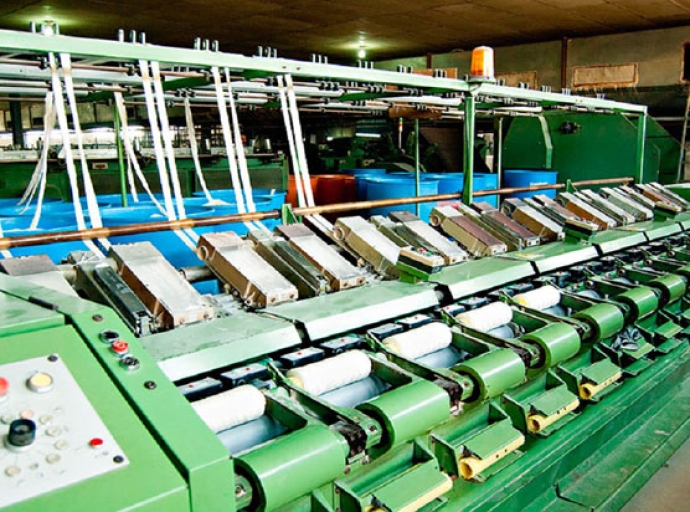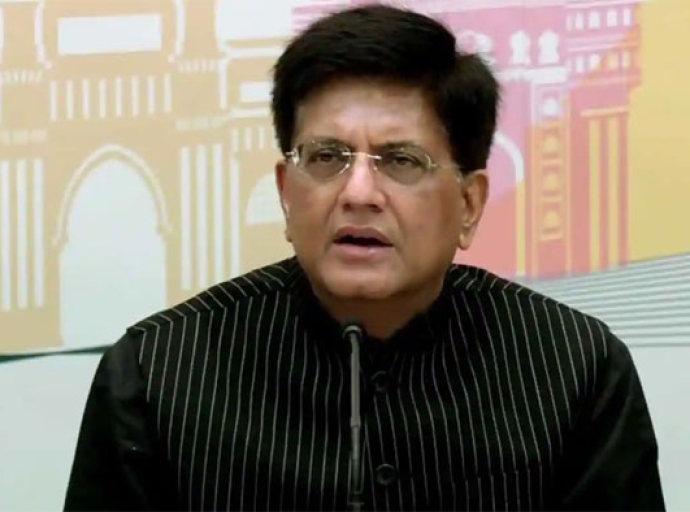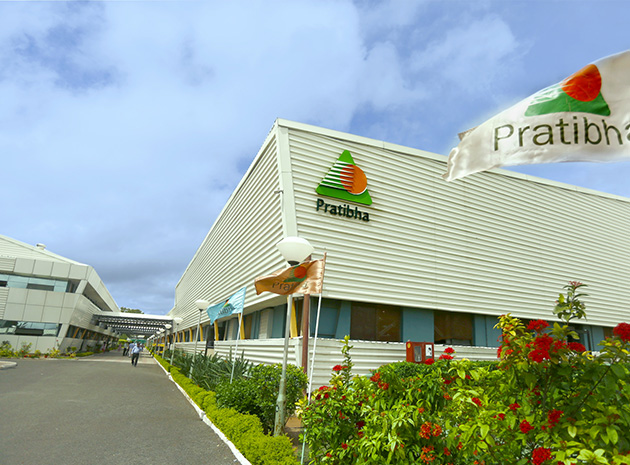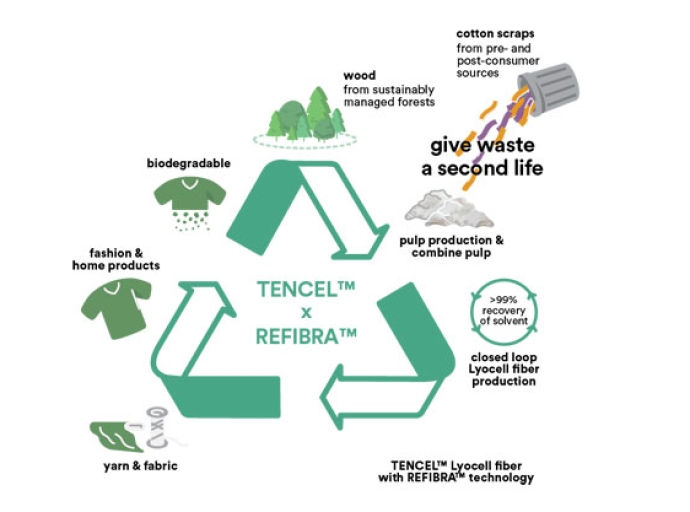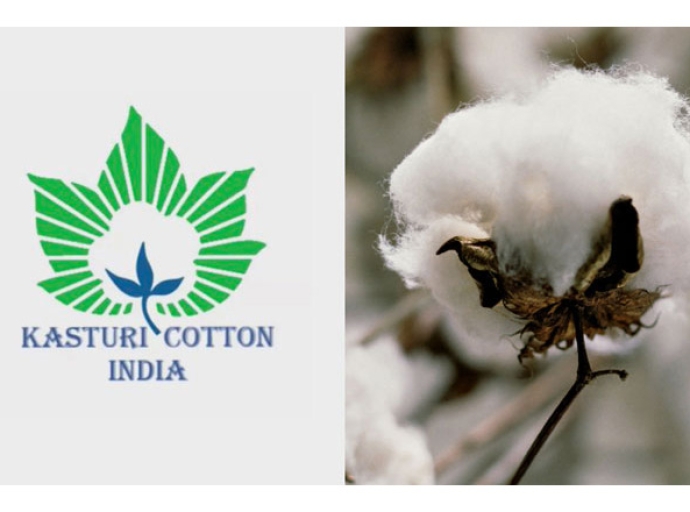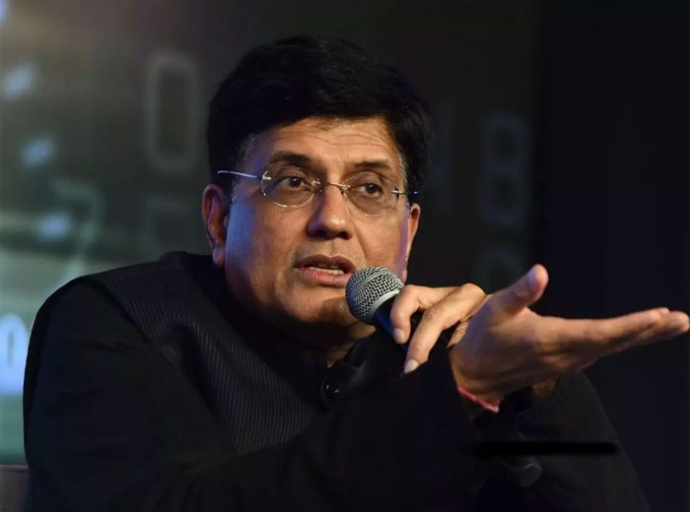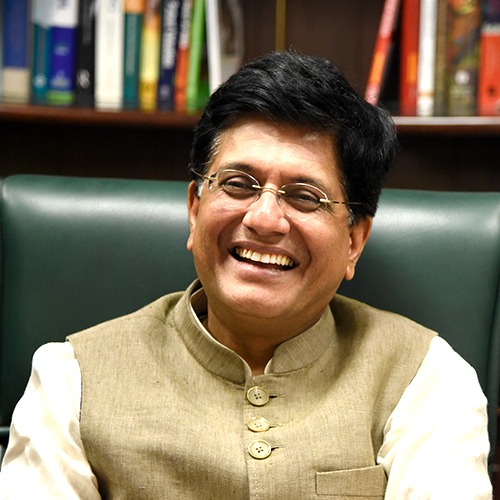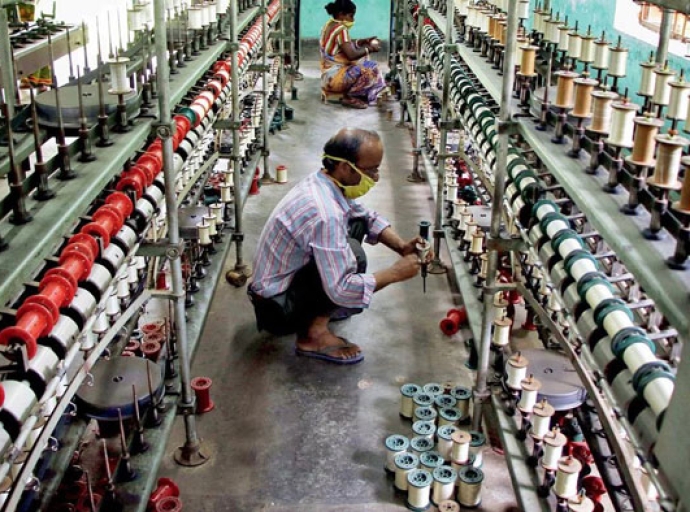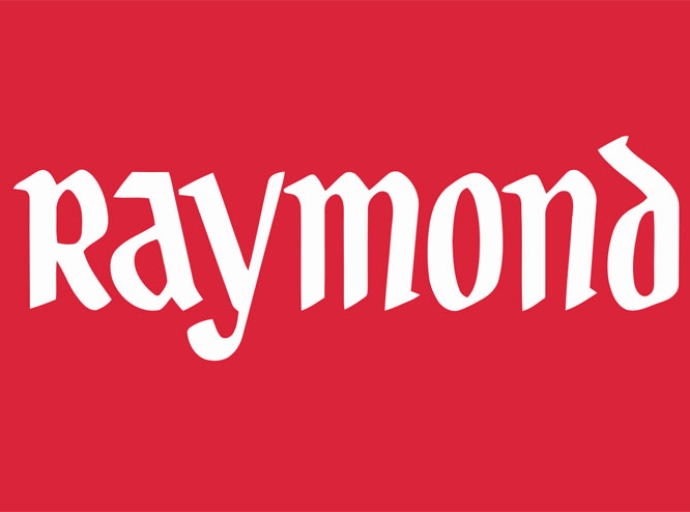15th October 2021, Mumbai:
This Birla Group Company easily attributes the strong going both to higher operating efficiency achieved and external tailwind it is seeing on the back of sentiment turnaround.
It is interesting to mention here that despite the catastrophic second wave battering economic activities, Century Textiles & Industries has reported an impressive net income of Rs 54 crore and a revenue of Rs 998 crore on a standalone basis in Q2 earnings.
Interestingly the pulp and paper vertical experienced arguably the best-ever quarter in terms of production and sales owing to incremental volume from value-added products and a curated basket of products.
The robust rebound has come on the back of the fact that demand tailwind from the local market, alongside the real estate sector, has evinced a strong response to Kalyan project in its existing phase-II launch.
The enormous turnaround in its textile business where the plants operating are reportedly running at 91 percent capacity v/s 68% in a corresponding year and sales healthily grew 109% v/s preceding year is a supportive difference.
TOP 5:
2. Consumers will determine growth of sustainable fashion e-comm in India
3. Myntra to offer 1 mn styles from about 7,000 brands at the 'Big Fashion Festival'
4. Maharashtra government honors VIP as 'Best Innerwear Brand' for 2021-22
5. Nike strengthens retail presences with new store at DLF Mall of India,Noida

